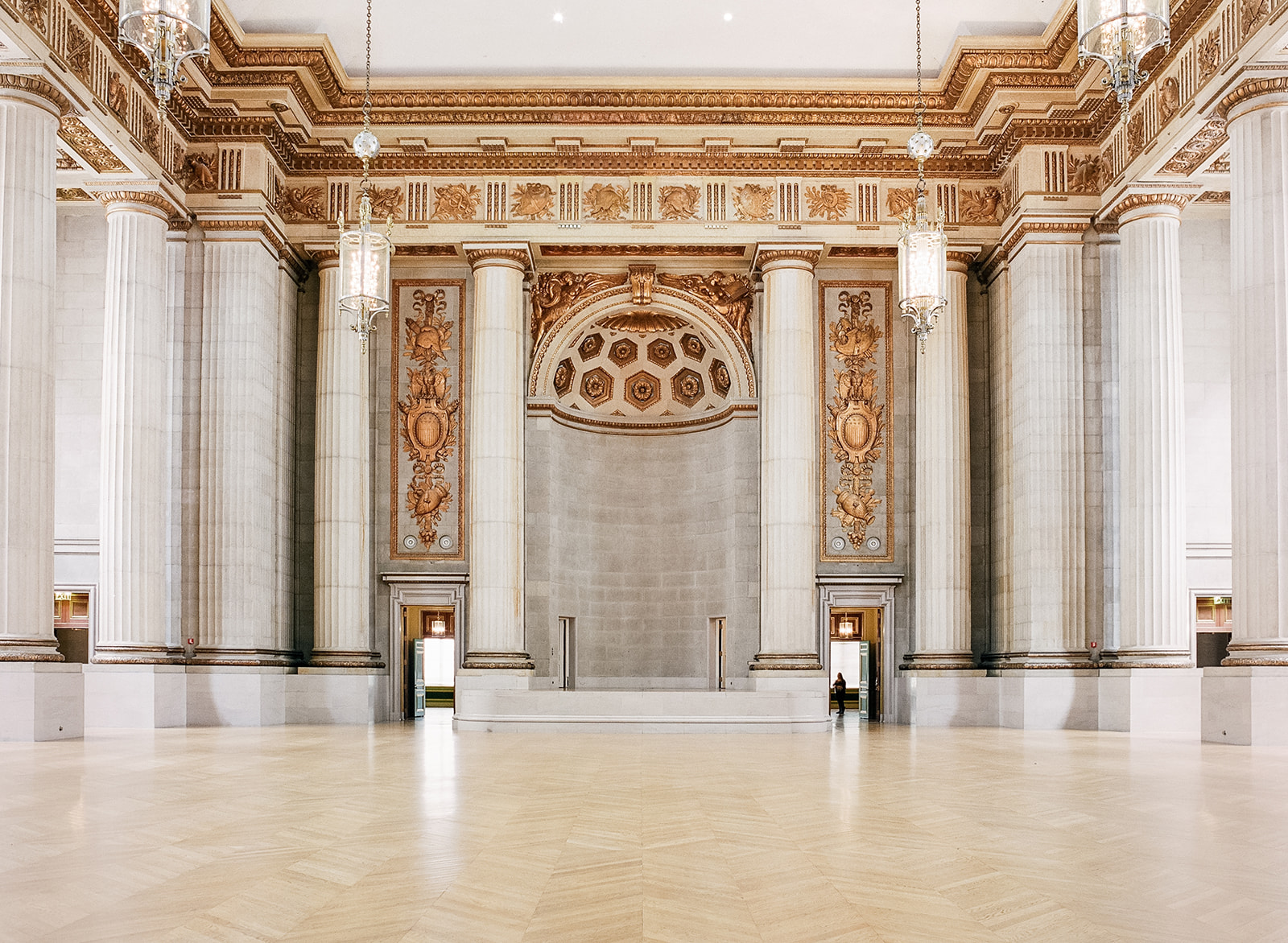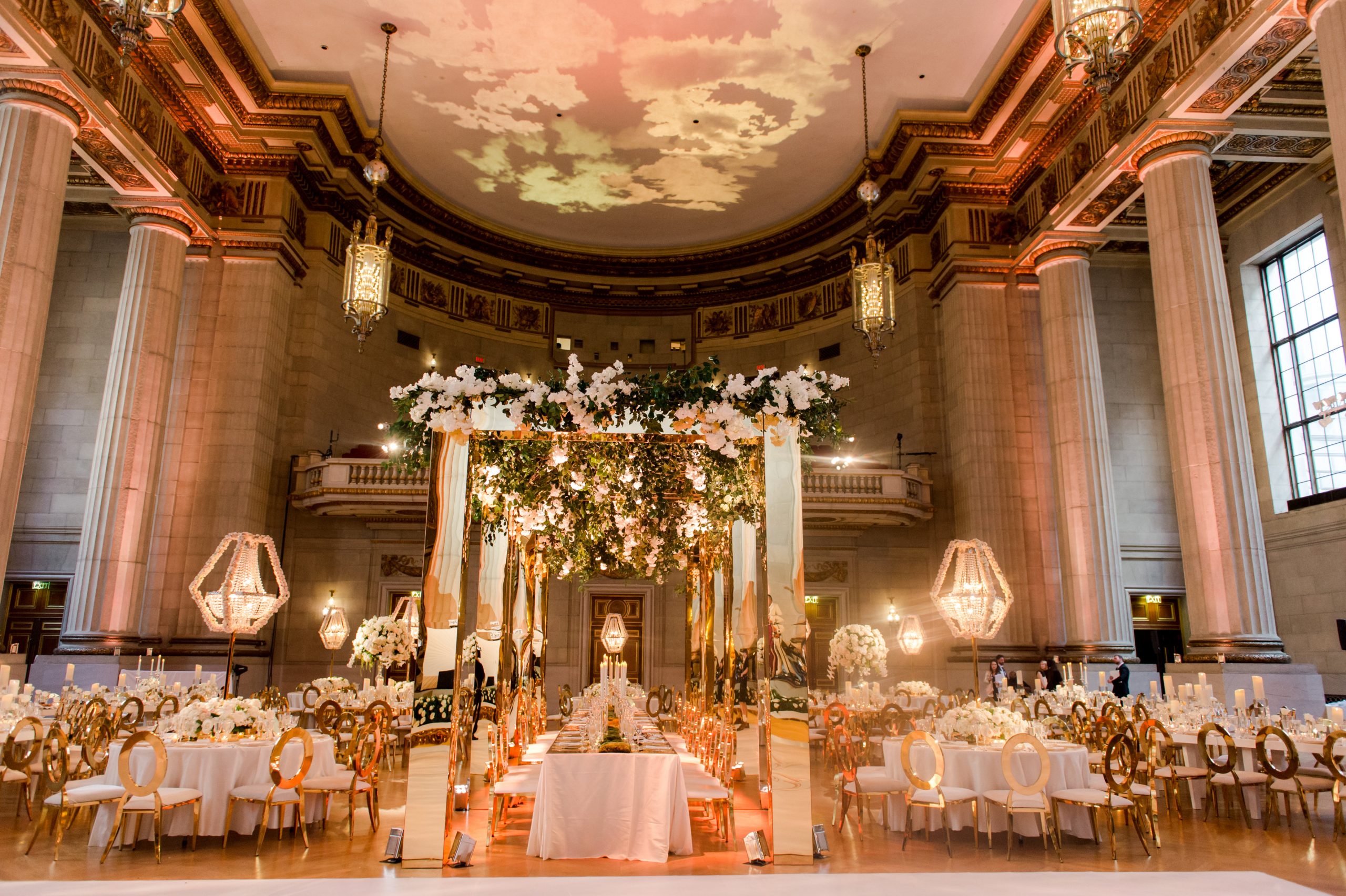Mellon Auditorium Historical Significance

The Mellon Auditorium, a magnificent Beaux-Arts edifice situated in the heart of Washington, D.C., stands as a testament to the city’s rich architectural heritage and its pivotal role in shaping American history.
The Mellon Auditorium, a magnificent landmark in Washington, D.C., has witnessed countless historical events. Among the notable figures who have graced its stage is Mark Warner , a renowned politician and former governor of Virginia. Warner’s speeches at the Mellon Auditorium have left a lasting impact, shaping public discourse and inspiring countless individuals.
Commissioned by philanthropist Andrew W. Mellon in 1930, the auditorium was designed by renowned architect John Russell Pope. Inspired by the grandeur of ancient Roman amphitheaters, Pope conceived a structure that would serve as a grand stage for public discourse and cultural events.
Architectural Legacy
The Mellon Auditorium’s architectural brilliance is evident in its imposing facade, adorned with intricate carvings and soaring Corinthian columns. The interior is equally impressive, boasting a spacious auditorium with a proscenium stage and a 4,000-seat capacity.
Mellon Auditorium, a majestic venue that has witnessed countless historic events, stands as a testament to architectural grandeur. Among those who have graced its hallowed halls are representatives from NATO members , who gathered to discuss matters of international security.
The auditorium’s ornate interiors and soaring ceilings have provided a fitting backdrop for these pivotal discussions, shaping the course of history.
The auditorium’s acoustics are renowned for their exceptional clarity, making it an ideal venue for lectures, speeches, and musical performances. Its intricate ceiling frescoes, depicting scenes from American history, add an air of grandeur to the space.
Historical Significance
Throughout its history, the Mellon Auditorium has played host to a myriad of notable events. It served as the venue for the United Nations’ first meeting in 1945, where the Universal Declaration of Human Rights was drafted.
In the 1960s, the auditorium became a platform for the civil rights movement, hosting rallies led by Dr. Martin Luther King Jr. and other prominent activists. Its walls have echoed with the voices of countless leaders, shaping public discourse and inspiring generations.
Preservation and Restoration, Mellon auditorium
Recognizing the Mellon Auditorium’s historical and architectural significance, extensive restoration efforts were undertaken in the 1980s and 1990s. These renovations aimed to preserve the building’s original grandeur while incorporating modern amenities.
The auditorium’s interior was meticulously restored, preserving its intricate frescoes and decorative elements. The exterior was also refurbished, restoring its facade to its former glory.
Mellon Auditorium Architectural Details

The Mellon Auditorium is a Beaux-Arts masterpiece designed by renowned architect John Russell Pope. Its grandeur is evident in every aspect of its architecture, from the opulent facade to the intricate interior details.
Materials and Construction
The building is constructed using a combination of marble, limestone, and glass. The exterior features a white marble facade adorned with intricate carvings and sculptures. The interior is adorned with Italian marble, which lends an air of elegance and sophistication. Limestone is used for the foundation and structural elements, providing strength and durability.
Acoustics and Lighting
The Mellon Auditorium is renowned for its exceptional acoustics. The auditorium’s shape and the use of curved surfaces create a reverberant environment that enhances the sound quality. The ceiling is adorned with a series of coffered panels that absorb and diffuse sound, creating an optimal acoustic experience for both speakers and audience members.
The lighting system is equally impressive. The auditorium is illuminated by a series of chandeliers and sconces, which provide ample light for the audience while creating a warm and inviting atmosphere.
Mellon Auditorium Cultural Impact
The Mellon Auditorium stands as a cultural landmark in Washington, D.C., renowned for its contributions to the performing arts and its profound impact on the surrounding community.
Throughout its history, the auditorium has played host to a diverse array of notable performances and events. From the inaugural concerts of the National Symphony Orchestra to the historic speeches of presidents, the Mellon Auditorium has witnessed countless moments that have shaped the cultural landscape of the nation.
Mellon Auditorium and the Performing Arts
The auditorium’s exceptional acoustics and elegant ambiance have made it a favored venue for a wide range of artistic endeavors. Opera companies, ballet troupes, and symphony orchestras have graced its stage, showcasing their talents to discerning audiences.
- The Washington National Opera has called the Mellon Auditorium its home since 1996, presenting world-class productions that have garnered critical acclaim.
- The Washington Performing Arts Society has presented a diverse array of performances, including classical music concerts, dance recitals, and theatrical productions.
Mellon Auditorium and the Community
Beyond its role as a performance space, the Mellon Auditorium has also played a significant role in promoting arts education and appreciation within the community.
- The auditorium hosts educational programs for students of all ages, fostering their interest in the arts and providing opportunities for hands-on experiences.
- The Mellon Auditorium is a hub for community events, including lectures, exhibitions, and workshops that engage the public with the arts.